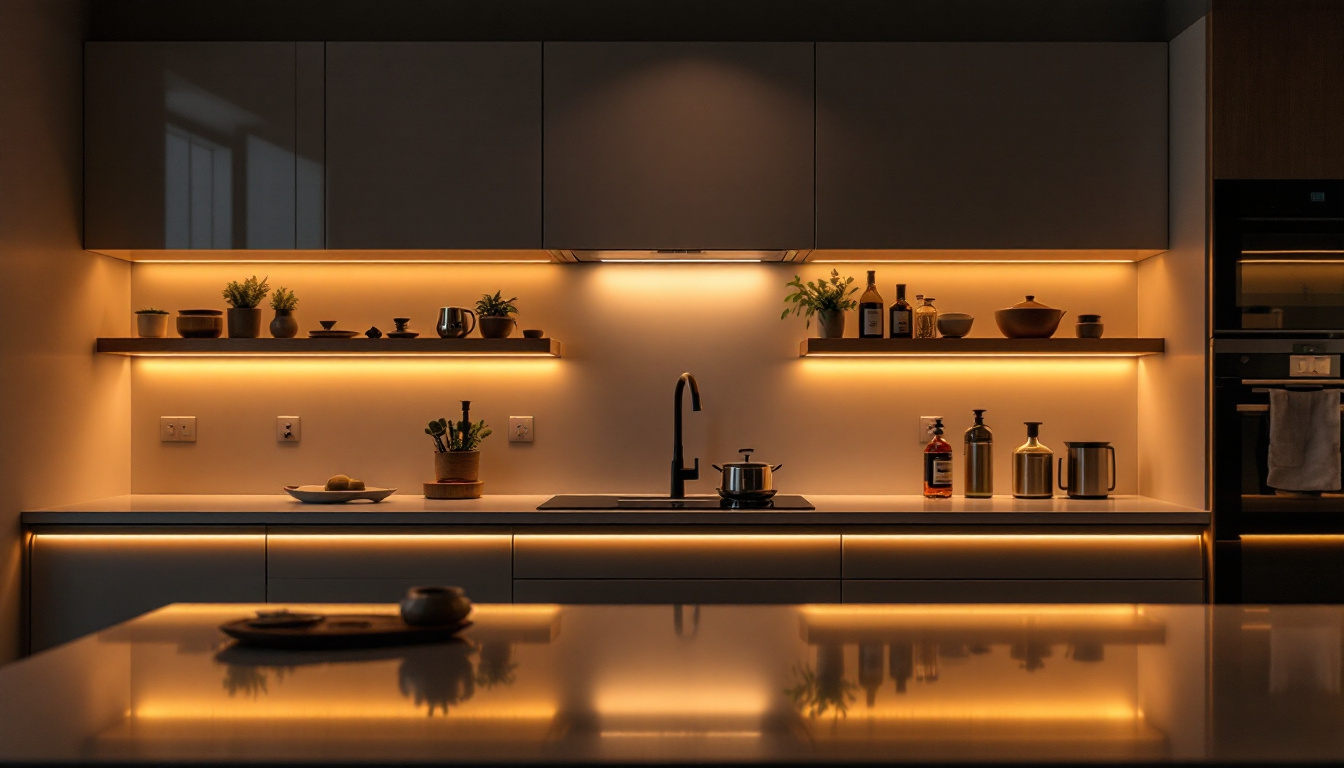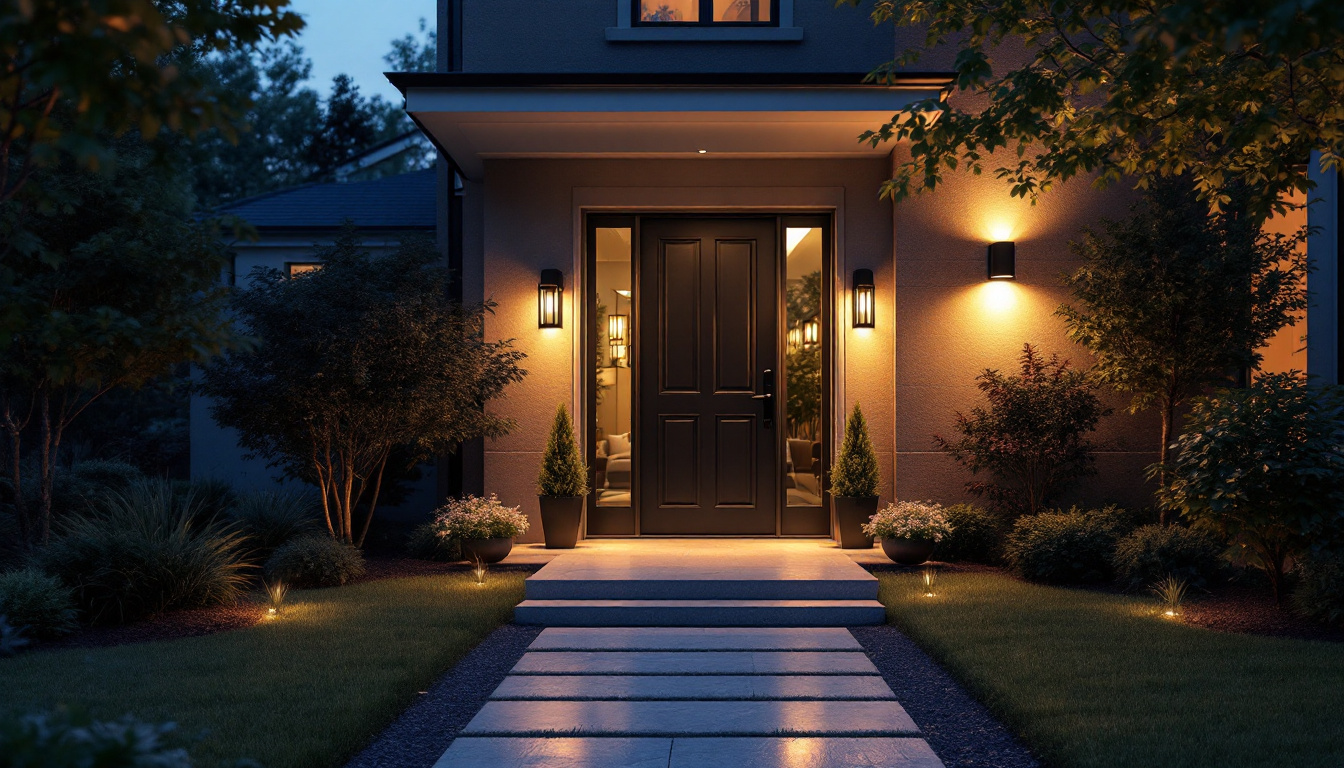
Lighting contractors are often at the forefront of innovation in the industry, and one of the most significant advancements in recent years has been the introduction of LED fixtures. These fixtures offer various advantages and challenges that professionals need to consider before making a switch or recommending them to clients. This article will delve into the pros and cons of LED fixtures, providing valuable insights for lighting contractors.
LED, or Light Emitting Diode, technology has revolutionized the way lighting is designed and implemented. Unlike traditional incandescent or fluorescent bulbs, LEDs produce light through electroluminescence, which involves the movement of electrons in a semiconductor. This fundamental difference in how light is generated leads to several distinct advantages.
One of the primary benefits of LED technology is its energy efficiency. LEDs consume significantly less power compared to their traditional counterparts, which translates into lower energy bills for clients. Additionally, the longevity of LED fixtures is remarkable, often lasting up to 25 times longer than incandescent bulbs. This durability not only reduces replacement costs but also minimizes waste, making LEDs a more environmentally friendly option.
The energy efficiency of LED fixtures is one of the most compelling reasons for their adoption among lighting contractors. LEDs convert a higher percentage of electricity into visible light, which means less energy is wasted as heat. This efficiency is particularly beneficial in commercial and industrial settings, where lighting can account for a significant portion of energy consumption.
For contractors, promoting energy-efficient solutions can also enhance their reputation and attract environmentally conscious clients. Many businesses are looking to reduce their carbon footprint, and recommending LED fixtures can help them achieve this goal while also saving on energy costs.
Another advantage of LED fixtures is their impressive lifespan. While traditional bulbs may last for about 1,000 hours, LEDs can last anywhere from 15,000 to 50,000 hours or more. This longevity means that lighting contractors can offer clients a solution that requires less frequent replacements, thus reducing maintenance costs and downtime.
Moreover, LEDs are more resistant to shock and vibration, making them suitable for a variety of applications, including outdoor and industrial settings. This durability ensures that clients receive a reliable lighting solution that can withstand challenging environments.
While the benefits of LED fixtures are substantial, it is essential to consider the initial costs associated with their installation. LED fixtures tend to have a higher upfront price compared to traditional lighting options. This cost can be a barrier for some clients, particularly those with tight budgets.
However, it is crucial to emphasize that the long-term savings associated with energy efficiency and reduced maintenance can offset these initial costs. Lighting contractors should be prepared to present a comprehensive cost-benefit analysis to clients, illustrating how the investment in LED technology can lead to significant savings over time.
The upfront cost of LED fixtures can vary widely depending on the type and quality of the product. While some clients may be deterred by the higher initial investment, it is essential for contractors to educate them on the long-term financial benefits. This includes lower energy bills, reduced maintenance costs, and potentially longer warranty periods offered by manufacturers.
In many cases, contractors can leverage available incentives, rebates, or financing options that can help clients mitigate the initial financial burden. By being knowledgeable about these opportunities, contractors can position themselves as valuable partners in the decision-making process.
Calculating the return on investment (ROI) for LED fixtures can be a powerful tool for lighting contractors. By providing clients with a clear picture of how much they can save on energy and maintenance costs over time, contractors can make a compelling case for the switch to LED technology.
For instance, if a business spends a significant amount on lighting each month, switching to LED fixtures can lead to substantial savings. Contractors can use energy calculators to provide clients with estimates of how much they could save annually, making the financial benefits of LED fixtures more tangible.
The quality of light produced by LED fixtures is another critical factor for lighting contractors to consider. While LEDs have come a long way in terms of color rendering and brightness, there are still variations in quality among different products. Understanding these differences is essential for ensuring client satisfaction.
LED fixtures can produce a range of color temperatures, from warm white to cool blue, allowing contractors to tailor lighting solutions to specific applications. However, not all LEDs are created equal, and some may have a lower color rendering index (CRI), which can affect how colors appear under their light.
The CRI is a measure of how accurately a light source displays colors in comparison to natural light. A higher CRI indicates better color accuracy, which is particularly important in settings such as retail stores or art galleries where color perception is crucial. Contractors should prioritize high-CRI LED fixtures to ensure that clients receive quality lighting that enhances their space.
When advising clients, it is essential to explain the significance of CRI and how it impacts their specific needs. For example, a restaurant may prefer warmer tones to create a cozy atmosphere, while a medical facility may require cooler, more neutral lighting for accurate color representation.
Another aspect of LED lighting quality is how well the fixtures distribute light. Poorly designed fixtures can lead to uneven lighting, creating shadows and dark spots in a space. Lighting contractors should be familiar with different types of LED fixtures and their distribution patterns to ensure that they provide effective solutions for their clients.
By selecting fixtures with appropriate beam angles and distribution characteristics, contractors can enhance the overall lighting design and meet the specific needs of each project. This attention to detail can significantly impact the client’s satisfaction with the final result.
As sustainability becomes an increasingly important consideration in the lighting industry, the environmental impact of LED fixtures is a significant advantage. LEDs are free from hazardous materials like mercury, which is commonly found in fluorescent bulbs. This aspect makes them safer for both the environment and human health.
Additionally, the energy efficiency of LED fixtures contributes to a reduction in greenhouse gas emissions. By promoting LED technology, lighting contractors can play a vital role in supporting sustainability initiatives and helping clients achieve their environmental goals.
While LEDs are more environmentally friendly than traditional lighting options, it is still essential to consider their disposal and recycling. Many manufacturers have established programs for recycling LED fixtures, and contractors should be aware of these options to inform clients.
Encouraging clients to recycle old fixtures and opt for sustainable disposal methods can further enhance the environmental benefits of switching to LED technology. This commitment to sustainability can also serve as a marketing point for contractors looking to attract eco-conscious clients.
Many businesses are setting energy reduction goals as part of their corporate responsibility initiatives. By recommending LED fixtures, lighting contractors can help clients meet these objectives while also improving their bottom line. This alignment with sustainability goals can strengthen the contractor-client relationship and position contractors as leaders in the industry.
The installation and maintenance of LED fixtures can differ significantly from traditional lighting options. While LEDs are generally easier to install, contractors should be aware of specific considerations to ensure a successful implementation.
For instance, some LED fixtures require compatible dimming systems or drivers, which can complicate the installation process. Contractors should stay informed about the latest technologies and installation techniques to provide clients with the best possible service.
Although LED fixtures are often designed for easy installation, there can be challenges depending on the existing infrastructure. For example, retrofitting older buildings with LED technology may require additional electrical work or modifications to meet current standards.
Lighting contractors should conduct thorough assessments of the installation site to identify potential challenges and address them proactively. This approach can help prevent delays and ensure that the project runs smoothly.
While LEDs typically require less maintenance than traditional fixtures, it is still essential for contractors to educate clients about proper care and upkeep. Regular cleaning and inspection of fixtures can help maintain their performance and longevity.
Contractors can also offer maintenance services to clients, providing an additional revenue stream while ensuring that the lighting systems continue to operate effectively. This proactive approach can enhance client satisfaction and build long-term relationships.
In summary, LED fixtures present both advantages and challenges for lighting contractors. The energy efficiency, longevity, and environmental benefits make them an attractive option for clients. However, the initial investment, quality of light, and installation considerations must also be taken into account.
By understanding the pros and cons of LED technology, lighting contractors can make informed recommendations to their clients, helping them navigate the transition to more sustainable and efficient lighting solutions. As the industry continues to evolve, staying informed about the latest advancements in LED technology will be crucial for contractors looking to remain competitive and meet the needs of their clients.
Ultimately, the decision to adopt LED fixtures should be based on a thorough analysis of each project’s unique requirements and goals. By providing clients with comprehensive information and support, lighting contractors can ensure successful outcomes and foster lasting relationships in the ever-evolving lighting landscape.
Ready to elevate your lighting solutions with the efficiency and quality of LED fixtures? At LumenWholesale, we specialize in providing lighting contractors with the finest spec-grade LED products at unbeatable wholesale prices. Say goodbye to local distributor markups and hello to a vast selection of industry-standard lighting that ensures your projects shine. With free shipping on bulk orders, LumenWholesale is your go-to source for premium lighting without the hidden fees. Make the smart choice for your business and your clients by choosing the perfect blend of quality, affordability, and convenience. Explore our Wholesale Lighting at the Best Value today and light up your projects with confidence.

Discover effective strategies for training your team in the latest grow LED lighting technologies.

Discover the latest trends in undercabinet LED lighting that every lighting contractor needs to know.

Discover how the 2-foot LED strip light is revolutionizing the lighting industry for contractors.

Discover essential tips for selecting the perfect lights for your front door and learn how to sidestep common pitfalls that can lead to expensive errors.